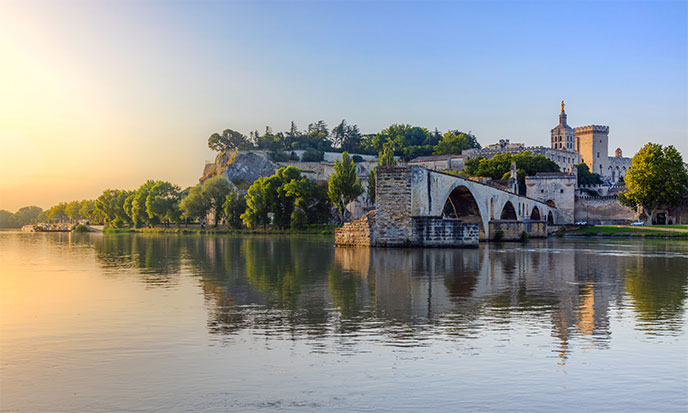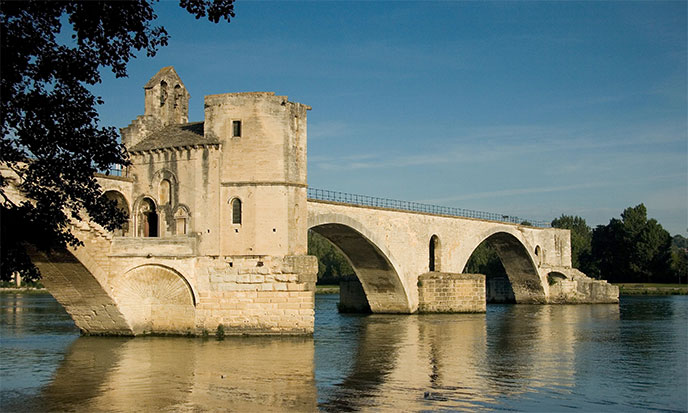
A careful examination of the fall of the Roman Empire and the emergence of Europe clearly shows the difficulties in the generally accepted chronology. Step by step, these time bugs bring to question another dogma, religious one.
For this distortion of historical frame at the dawn of the Middle Ages has a cause, and only one: keep the true origin of Christianity away from the crowd eyes and ears. That is indeed the religion of Christ, but not the one you think.
Christianity was first worship of Christ Emperor, dedicated to Emperor Constantine. This new religion was forged by Rome to impose the Pax Romana to barbarians.
The old religion
The old religion, challenged by this new cult manufactured by Rome, was traditionally practiced by the Celts. In Rome, it had its heyday thanks to the insider emperor Heliogabalus. It is a variant of the cult of Isis, the practice of enlightenment through lightning. Uneasy to control, lightning has never been used in cathedrals. Instead, shamans and druid used the vril energy. They mastered the antique art of sacred building, which allows to make circulate and to concentrate the vril, subtle energy well known to the geobiologists.
Worked for eons, the awakening techniques were innumerable: in cathedrals, sorcerers and druids have resorted to vertigo, to trance and collective catharsis; they made use of psychotropic drugs and hallucinogens, as evidenced by the carved capitals where you can see many plant alkaloids.The main practice involved whole crowds, and was repeated every week: the energetic bath in the athanors that were the Gothic cathedrals and Romanesque churches.
Naturally, when the new religion of Christ supplanted the old one, the athanors continued to function. These wonderful instruments of awakening that are churches, chapels, and Romanesque crypts or Gothic cathedrals, were indeed the main advantage of the new religion.
The beneficial effects of the athanors of stone on the faithful were to them the guarantee that the new religion was the right… A truly evil trick and aggravated lie of the false priests. The builder of cathedrals was not the Christian church, which was not yet invented when they were built. Their true builder is Rome. And more specifically the Emperor Constantine. To convince ourselves, let’s hand over to an enlightened historian.

The Emperor Constantine (306-337), after his victory at the Battle of the Milvian Bridge over Maxentius in 312, completely changed the face of the Roman Empire. Following his victory, he put on the shield of his legionaries, the chrism, his new symbol, composed of the two Greek letters Khi (X) and Rho (P), the initials of the word Christos meaning “anointed, who received the holy anointing of God”. Subsequently, the chrism became the symbol of the Roman legions.
In 313 Constantine promulgated the Edict of Milan, allowing freedom of worship to all citizens of the Empire. Our Christians, enemies of the Empire, could from now on freely practice their meetings and the translations of the Septuagint into Latin increased. Constantine, by promoting harmony in the Empire around the one god, thus silenced all seditions. In 321, Constantine imposed the Sunday rest, by the name of “venerable day of the Sun”. Sol Invictus was therefore still the cult of the Empire…
In 324 Constantine moved his capital to the East in the city of Byzantium, and renamed it Constantinople. In 325 occured the Council of Nicaea. According to tradition, at the end of this council, Constantine and his new churchéglise in french(from the Latin ecclesia = meeting) assimilated the monotheistic principles of the Manicheans and Christians to the cult of Sol Invictus and created the new religion (from the Latin religio = respect, cult, worship) of the Emperor-Christ, son of the one god
The Christian religion christianized itself and thus became a Greek religion (O christianismos), that is to say, the cult of Constantine, the sole representative of the One God in his empire in the process of unification. This recalled to scholars of the worship promulgated once to the glory of Alexander the Great.” (source)From the site “Critical history of roman christianism” More likely, the Council of Nicaea, which was the assembly of the Emperor, established the new official dogma of the Roman Empire:
the worship of the Emperor-Christ in replacement of Sol Invictus.

The construction of basilicas (from the Greek basileus, emperor), the houses of the Emperor dedicated to Christ, serving as court, place of business, walkways, assembly, etc.. is increasing throughout the Empire. A curiosity has to be noted: “Eusebius of Caesarea, by his “Life of Constantine”, contributed much to the deification of the latter who until the end of the Romanesque period (12th century) was honored as the founder of the Catholic Church. (source)From the site “Critical history of roman christianism”
Many Romanesque churches, in Poitou Charentes, Alpes de Haute Provence etc., bear above their porches, through which crowds circulated, imposing equestrian statues called Constantines. Emile Male dedicated to themin his “religious art of the 12th century in France” pages of a moved erudition”. Until the twelfth century! Constantine would thus be honored by the Christian church for nearly 800 years! Does not it seem rather obvious that the Romanesque churches were dedicated to Constantine because they were built in his time? (source)Sandrine Viollet, Constantine or the consecration of Christ, the Council of Nicaea (325/1078 AUC)
The Romanesque churches, the countless chapels, the magnificent cathedrals, would have been built in honor of a monarch, a mere mortal to whom the responsibility of Emperor had gone to his head. These buildings were brilliantly recycled into catechism rooms to preach a nice story invented, it seems, by a panel of learned monks under the direction of Thomas Aquinas… The pretty fable embroidered in Avignon will still have convinced the whole world for seven centuries.
This outright invention of several centuries that have not occurred and an imaginary Jesus is of course the best kept secret of the Vatican. From the beginning, its codename was the Bridge, because as a bridge allows you to cross a river, the Bridge allowed to cross the centuries. As a result, the popes assumed the title of Pontiffs… from Latin word pontifex meaning bridge maker.
And the French nursery rhymes keep on singing :
Sur le pont d’Avignon, on y danse, on y danse,
Sur le pont d’Avignon, on y danse tout en rond. (translate)On the bridge of Avignon, we’re dancing, here we’re dancing, On the bridge of Avignon, dancing in a merry-go-round.
Admittedly … We have all been victims of a spell.

Thus
Each has its own beliefs, and the sacred cows will be well guarded. Our ancestors swallowed everything. They swallowed snakes with the ease of a snake charmer at the square Djema-el-Fnah in Marrakech. For centuries, all these texts remained locked in libraries strictly protected by the Holy See. Until the invention of typography around 1440, all writings were copied by copyists. Monks, most often. In their convent they copied what the superior told them to copy, omitting and adding what he told them. The control of the Catholic Church was almost total for a long time.
A host of bogus anecdotes, full of errors and anachronisms, were added by the copyists. It was counting without the web, without the planetary dissemination of all the texts that were once inaccessible. And to correct the course.
I am a mythologist and philosopher. As a friend of wisdom, I take a critical look at all mythologies: is it true? Is it distorted? Is it exaggerated? For what reasons? My work has no other purpose than to face the naked truth — if such a thing does exist! “With a critical eye and a mind free of everything a priori. That is why many of you read me.” Your convictions are yours. They help you to live, far from me the idea of dynamiting them, from the ancient Greek dunamos, which means angel.
Let this not prevent believers from believing, nor the unbelievers from not believing. All beliefs are infinitely respectable, although I prefer to align myself with my eternal principle of uncertainty, choosing to believe without believing.


